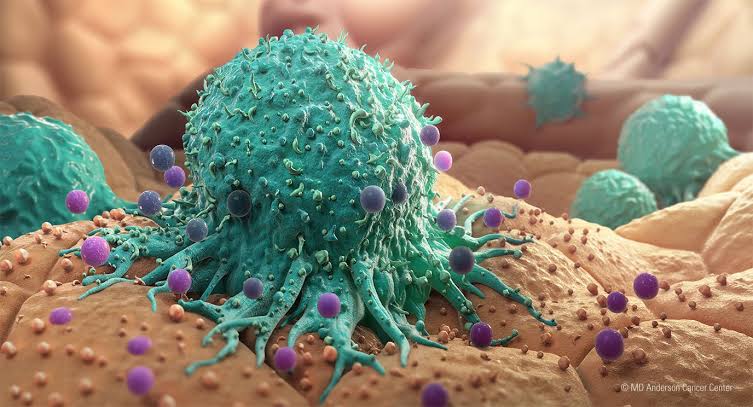A new study published in JAMA Network Open found that cancer rates have decreased in older adults, but there has been a slight increase in cancer cases among individuals under 50. The most significant rise was observed in the 30 to 39 age group. Cancer among younger Americans, particularly women, is on the rise, with gastrointestinal, endocrine and breast cancers climbing at the fastest rates.
According to experts, there are multiple potential explanations for this trend. These include the increase in obesity rates, lifestyle choices like alcohol consumption, smoking, inadequate sleep, and a sedentary lifestyle. Environmental factors, such as exposure to pollutants and cancer-causing chemicals, are also believed to contribute to this rise.
The study involved an examination of data from over 560,000 individuals diagnosed with early-onset cancer in the United States between 2010 and 2019. Early-onset cancer refers to cancers affecting individuals under the age of 50.
The data from over 560,000 patients in the US diagnosed with early-onset cancer (those under 50) between 2010 and 2019 were examined by researchers. The study revealed that there was a nearly 1 per cent increase in early-onset cancer diagnoses, reaching 56,468 patients compared to 56,051 in 2010. Notably, the most significant rise, around 19 per cent, was observed in the 30 to 39 age group.
Breast cancer had the highest number of cancer cases among younger individuals, showing an approximately 8 per cent increase over the span of ten years, according to Daniel Huang, an assistant professor at the National University of Singapore and a senior author of the study. He also serves as a transplant hepatologist at the National University Hospital.
Early-onset cancer rates in women rose by 4.4 per cent during the study, while men experienced a decrease of nearly 5 percent. The upsurge in younger women’s cancer cases was primarily attributed to breast and uterine cancers. Notably, Asian or Pacific Islanders (32 per cent) and Hispanic patients (28 per cent) showed the largest increases in cancer cases among younger individuals by race.
However, cases among younger Black patients slightly decreased by around 5 pe rcent, with uncertainty about whether this decline is significant or related to potential underdiagnosis.

Leave a Reply